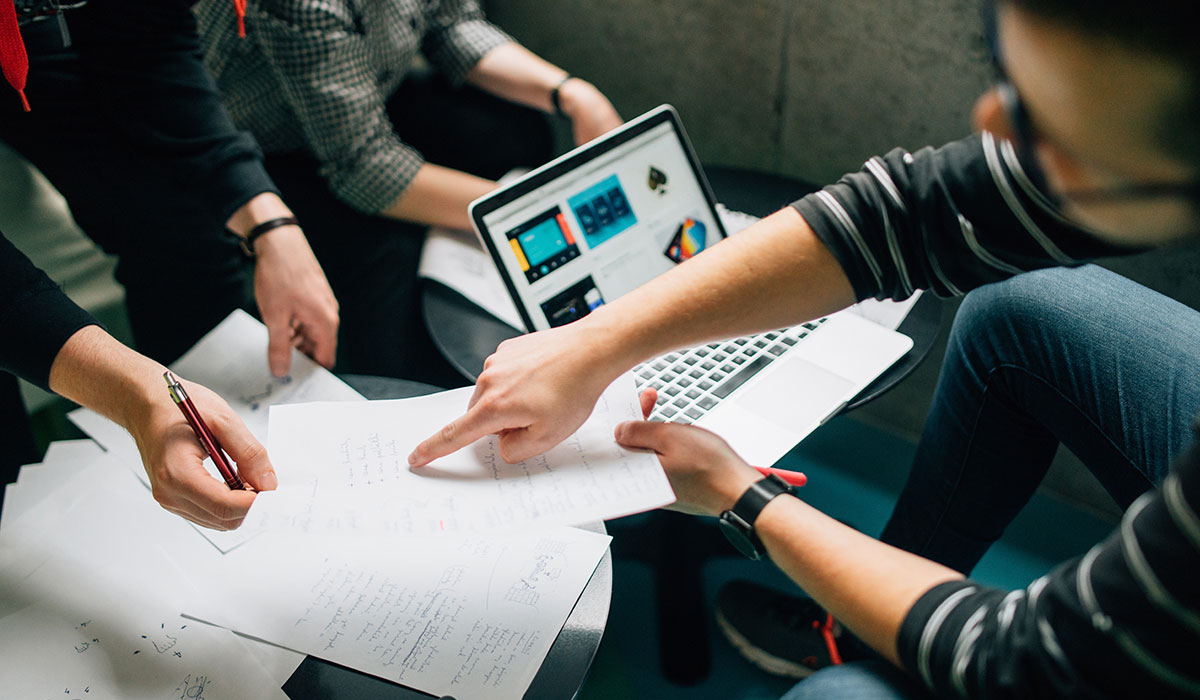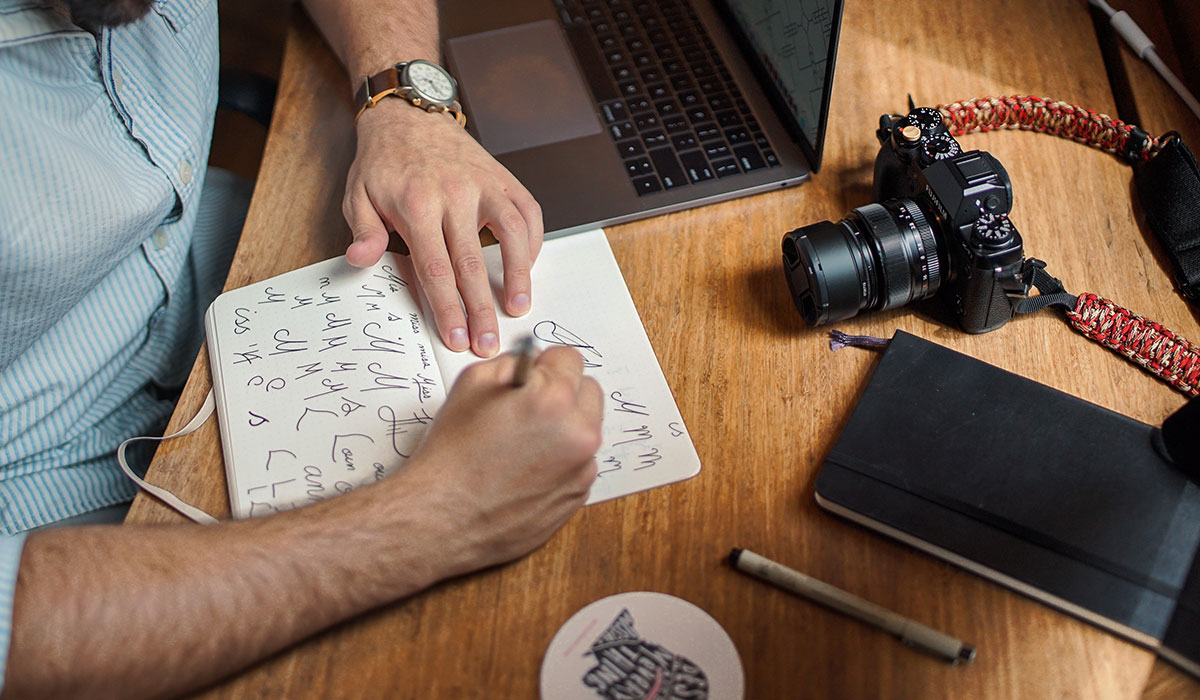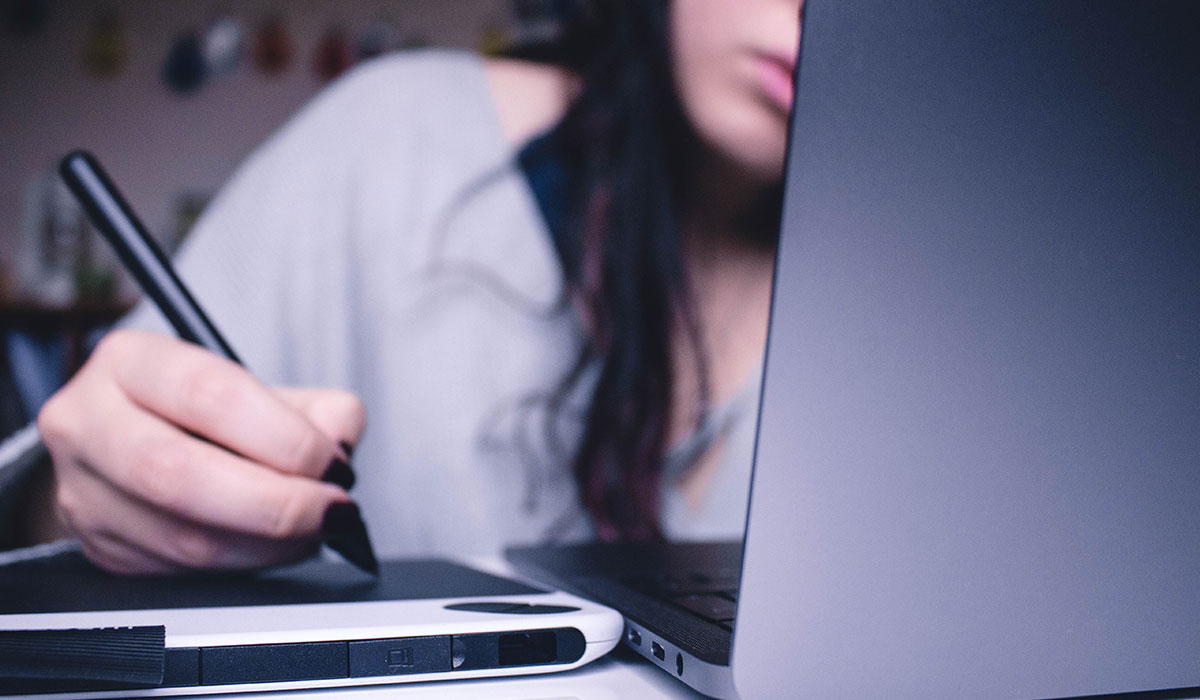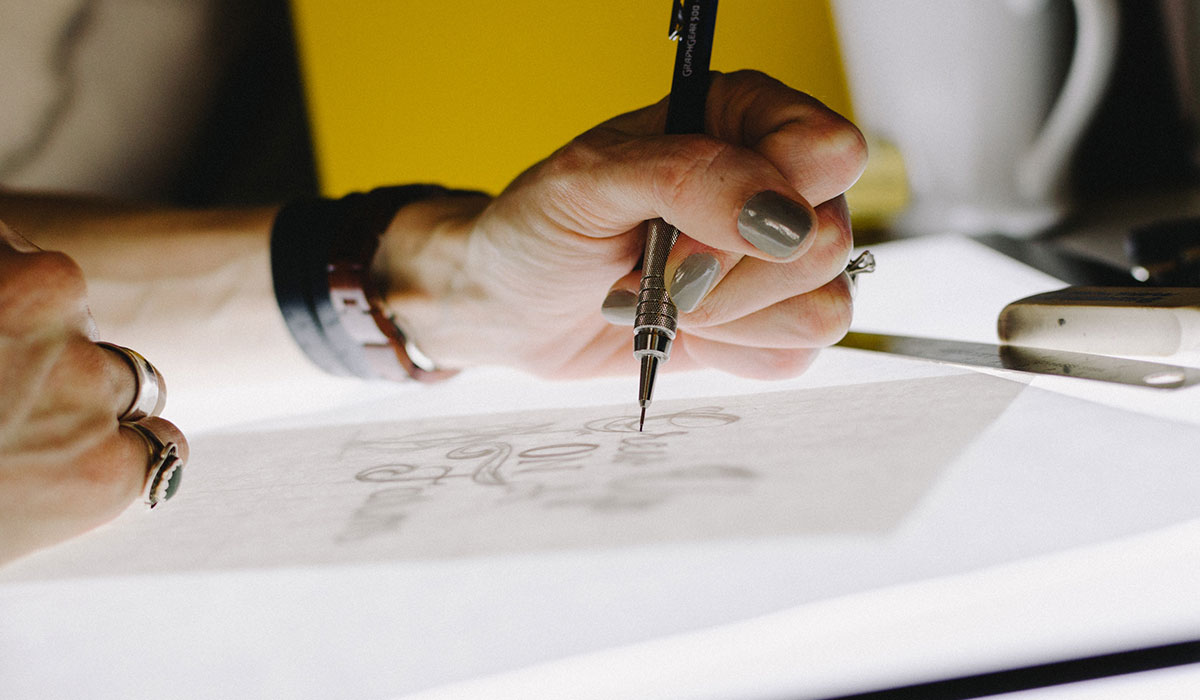Spellbrand Blog
The Real Cost Of A Logo Design

It goes beyond just money. It is the impact it has on your business – both positive and negative.
One of the first questions any design firm often gets asked is “how much does it cost?”. It is quite natural for a client to know the costs before anything else. This is a very difficult part of the process both for the designer and for the client. On the one hand, the design firm would like to know the client’s budget so they can decide what they can do within that budget. On the other hand, the client would like to keep their budget a secret and would rather like to know what the designer or firm would charge for the service.
So the wonderful process of creating an identity starts off on the wrong foot – with suspicion and lack of clarity. It is understandable that the client would not like to reveal what they can truly afford because they may think that revealing that fact may prompt the design firm to quote them a figure similar to their budget while they may have quoted something cheaper. From the design firm’s perspective, they would like to know the budget so they can decide the time and design resources they can allocate to the project and what elements can be developed and designed. A higher budget would mean that more time can be allocated to research and brainstorming. Or perhaps a more senior creative director may lead the project.


From all this confusion arises the question of the true cost of a logo design. In other words, an opportunity cost. A company’s logo design is its biggest brand asset. It creates the first impression and reiterates the brand’s message every time one is exposed to it. It sets the stage for expectations and determines how the market perceives the brand.
So getting the best logo design within your budget should be the top priority. The keywords here are “best logo design”. So let us start this discussion by clarifying what the best logo design means.

Characteristics of a great logo design
There are a lot of articles online about what makes a great logo and usually, you see these attributes. I do not want to delve too deeply into this topic but want to set the stage for the rest of this article by enumerating the core elements of what makes a logo great.
Original / Unique – Before anything else, a logo design has to be original. This is where your money is well spent. Logo designs that are based on plagiarism or even heavy inspiration would be a liability of your business attracting unwanted litigation. Even if you are not sued for copyright infringement, what would your target audience think when they realize they had seen your logo somewhere before.
Distinct – A logo has to be distinct. It has to have design elements that create a distinction from amongst the thousands of logos one is exposed to every day. Distinction can come in the form of color, typography, clever use of negative space, ornamentation, simplicity, and so on. A bland-looking logo would do you no good.
Versatile – Gone are the days of static, monolithic logos. Consumers are accessing brands on a whole range of different media and devices. Your logo design has to look great in all sizes, on all devices, and in all formats. Developing a logo design that can morph to match different usages and touchpoints is crucial. This would be where the bulk of your investment goes. Creating versatile logo designs is an art form that goes beyond just being able to push lines and circles around in design software. This is where true creativity and deep thinking come in.
Targeted – A logo has to speak to its audience. It has to be appropriate for that market segment. It has to connect with the world view of your target consumers. Consider for example an informal, childlike, and hand-drawn icon to represent an investment company. Would that work well? How about the same logo used for a daycare center or a charity? Yes, more appropriate. The same goes for the choice of fonts, colors, and even layouts. It is important to remember here that the logo should connect with the target audience and not necessarily the business owners.
Memorable – A logo design has to be memorable. Your audience should be able to recall your logo from memory. Of course, the burden of this does not rely solely on the design but rather on how well you market your brand. People mention the McDonald’s logo when they talk about memorability and how most people can draw the Golden Arches icon from memory. That is not because of how great the McDonald’s logo is but rather because of the ubiquitous nature of exposure to this uber brand everywhere.
Timeless – Trends are good. But only for a certain time. As soon as that trend or fad fades away, your logo would start to look dated and would begin to harm your brand perception. A great logo should be timeless. It should be based on solid design principles and not on the hot trend of the day. Do you remember the 3D logo fad in the 80s or the swooshes of the 90s? Yes, they would look quite dates now. Of course, I am not saying that you should never follow trends. But you should do so judiciously.
How are great logo designs created?
Now that we have covered the basics of what makes a great logo, next let us look at how a great logo design is created. Here we will start placing value on each of the tasks that a designer would undertake. This will allow us to understand the true cost of a logo design.
There are different kind of designers in this world. I am going to loosely categorise them. On the one extreme you have the design professionals who have some form of formal design education and have spent their careers practicing the profession of design. They are much like other professionals such as accountants, lawyers or doctors. They have industry standards practices and usually abide by code of ethics. They are accountable to their profession.
On the other extreme are fly by night designers who can open a design software and push around some shapes. These designers are usually not educated in design and usually depend heavily on plagiarism for ideas.
In between these two extremes are a whole variety of designers both big and small with varying degrees of skill, commitment, passion, professionalism and creativity.

Step 1: Discovery
Technically speaking, any one these designers can create a logo. A circle with some text below it can be a logo. It is quite easy to draw a circle in Adobe Illustrator or Photoshop and type the word “Target” below it. So how difficult would it be to come up with an iconic logo like that? Here is an excerpt taken from the Target website explaining how this logo came about:
In the months before the first Target store opens its doors, former Dayton’s Director of Publicity Stewart K. Widdess, is tasked to name and define the new retail store. Widdess and his staff debate more than 200 possible names. In a burst of red-and-white inspiration, they come up with “Target” and immediately envision a classic Bullseye logo. The reasoning behind the choice was, “As a marksman’s goal is to hit the center bulls-eye, the new store would do much the same in terms of retail goods, services, commitment to the community, price, value and overall experience.”
As you can see the power of the design is not in the design itself. After all, the icon is just a bullseye. Nothing special about that. However, the power comes from the meaning attached to that icon with how the company was positioning its new stores. And this is where the soul of a logo design comes from. And this is what separates good designers from bad designers.
Understanding the message and finding a connection to a visual reference is the job of the designer. A designer professional would look at this as a diagnosis stage. Just a doctor would diagnose what is wrong with a patient before prescribing a remedy, so too must a designer get to the core of what the business is trying to do before jumping to a design solution.
Typically this stage can take anywhere from 5 hours to 7 hours.
Bad designers and fly-by-night designers never go through this process. They do not have the skill, the knowledge, or the time to diagnose the problem. And to be honest they really do not have to since the clients they serve are out to get a cheap graphic that would work as their logo and are not interested in the attributes of a great logo (as listed above). If a designer charges $100 or even $300 for a logo design, it would unreasonable for one to expect that designer to spend time understanding the business and its challenges.

Step 2 : Research
Once the diagnosis has been made and the designer or the design team understands the challenges faced by the business, it is time to research into possible design solutions. At this stage, it is still not about possible designs but rather design solutions. A design solution proffers a theme, an idea or ideas or a series of elements that address the business message challenge. This includes research on the client industry segment, the competition and the client business itself. Research may be shallow or deep depending on the nature of the project and the investment the client is willing to make.
The results of a well conducted research would include mood boards which are later used in the brainstorming and sketching phase. Mood boards include visuals, photos, images etc that relate to the brand, the market and the target audience. It is a glimpse into the world view of the target market.
Most small business owners and startups tend to not appreciate the importance of research and perhaps believe that a designer should get about the task of designing and not waste time on research. This could be a critical mistake. Research into a market segment uncovers information and insight that would be instrumental in developing a brand identity that may ultimately set your business apart. Just jumping into a design with this step would be an create problems.
Typically this stage can take anywhere from 5 hours to 10 hours.
Again, if you are not dealing with a design professional or a design firm that does not have the skills or the experience to understand and conduct research, then you miss out on this critical step. Also, if you are paying peanuts to your designer, it is unreasonable to expect them to do any research at all because they do not know the challenges your business faces and are not interested in providing you with a design solution to those challenges. They are not being paid to, in any case. And even if they were, they would not have the skills to conduct meaningful research.


Step 3 : Brainstorming & Sketching
Once you are armed with the diagnosis and relevant research into the clients business, their market segment and their competition, it is time to put it all together into a cohesive solution strategy. This involves extensive mind mapping and sketching.
Brainstorming involves mapping words and ideas that emerge from the diagnosis and research into branches of possible solutions. These words and ideas are then quickly translated into rough sketches. These take inspiration from mood boards build during the research phase. Sketches are done as thumbnails where each sketch may be further explored with sub sketches. This happens in a series of sessions on paper using a pencil and this where all the magic happens.
If you are working with a bigger design firm then this activity may be undertaken by a team of designers lead by a creative director.
Typically this stage can take anywhere from 5 hours to 25 hours.
When dealing with fly by night designers or crowdsourcing websites where designers are scrambling to compete on as many project as they can in the hopes of landing a paid project, it is impossible to expect them to fully engage the brainstorming and sketching process since it takes time and requires the previous two steps to have been done. I do not say that all such designers would just jump into a design software. There may be a few who do go through this painstaking process even though they are not getting paid well or not at all (in the case of crowdsourcing firms).

Step 4 : Creating Digital Designs
After a few intense sketching sessions, a design professional would be ready to start translating some of the sketches into digital designs on the computer. Usually this process involving picking a short list of promising sketches that meet the creative standards of the designer and scanning them into the computer.
Once the sketches are scanned, they are imported into a vector editing software such as Adobe Illustrator. Then begins the long and tedious process of building the vector artwork of the logo designs. Most designers worth their salt would be good at this step since this involves working with the software and not much creativity is involved – in the strictest sense.
Typically this stage can take anywhere from 5 hours to 10 hours.
Based on how many different design directions the designer has promised to show the client, this process can be sped up. If the designer has been working for a considerable period with the software, it can become a very efficient process.

Step 5 : Presenting To Client
Logo design directions that have been created in the software need to be presented to the client. They can be shown to the client simply on white backgrounds or they can be presented with real world simulation examples that place the logo on real world items, environments and contexts.
Looking at a logo on white background does not help the client envision how it would behave, look and feel in the real world. In fact we do not see any brand’s logo with any context in the real world. The logos are on print materials, signs, apparel and so on.
Creating real world simulation mockups and scenarios can be time taking and requires creative thinking. This is more important if the designer is creating a brand identity system rather than just a stand alone logo design. A brand identity includes the tone and personality of the brand and this has to be shown via different contextual examples.
Typically with bigger design firms, the design concepts are presented in person or via Skype by the creative director who talks the client through the design ideas, the insights and the messages.
Typically this stage can take anywhere from 5 hours to 7 hours.

Step 6 : Tweaking & Revising
Presumably after this step the client proceeds to select one of the design directions and may engage in asking for tweaks or revisions. This may include reviewing color combos or perhaps even font options. But they should be minor.
If the designer or the design team have done their job, the revisions should not be large nor drawn out. If the project moves into 7th or 8th revision, then the project could be considered a failure – at least from a design professional point of view. Either that or the designer is dealing with a client who wants to control the design process and turn into their personal preference statement. Both these cases are detrimental to the client themselves. It would also end up frustrating a true design professional.
If this happens, the designer should open a frank dialog with the client to ascertain the intentions of the true client. If the client is demanding changes such as “make the green darker” or “make the square bigger” with out giving explanation as to why, the designer must be firm in establishing the fact that the designer is the practitioner – much like a lawyer or doctor – and should explain to the client the reasoning behind why the designer had created each element the way they did to begin with.
Typically this stage can take anywhere from 3 hours to 12 hours.
After this tweaking and revising step and before the next final step, if the client has engaged the designer to create brand collaterals or other brand elements, there may be more steps in between.
Step 7 : Final Step
Once the revision phase is complete, it is time to create the final brand assets for delivery to the client. This would include creating print ready industry standard file formats such as EPS, AI (Vector files), JPG, PNG, GIF (Web files) and other miscellaneous files such as PDF, TIFF, PSD and so on.
Often a brand usage manual style guide may also be included. This manual lays down the details of the logo design, the usage, the dos and donts as well as other related information useful for vendors or suppliers who may use the logo.
All these files are usually bundled up and put up on the designer/company servers so the client easily download them. Such brand assets are usually held on file for a period of 90 days after the close of the project but there are some agencies which hold them for the lifetime of the firm.
Typically this stage can take anywhere from 3 hours to 17 hours.
By now, I believe you would have a good idea of what actually goes into creating a great logo, or any decent logo for that matter and the amount of skill, effort and time that is expended.
The Real Cost Of A Logo Design
The real cost of a logo design that meets all the criteria that we set out at the beginning of this article is hence priceless. A logo design can have a tremendously positive impact on your business or it could have a negative impact. This is where the opportunity cost rears its ugly head. One can not be really sure of their logo is doing it job and if there is any opportunity cost to it – because it is intangible.
It is easy to assess if an logo is pretty or ugly. But it is hard to understand if it communicating the right message to the target audience. Is it connecting with potential customers? Is the logo creating the right impact? Is it appropriately creating the right platform on which to build the business?
So when some one asks me the cost of a logo design, I say that the cost of a logo design does not matter. You can have one for as little as $50 or you can invest $50,000. But the real cost of a logo design is the impact it has on your business – both positive and negative. And that is why no one should take their logo design lightly. It should not be treated as a mere piece of graphic, a commodity. It should not be an after thought.

Mash Bonigala
Creative Director & Brand Strategist
With 25+ years of building brands all around the world, Mash brings a keen insight and strategic thought process to the science of brand building. He has created brand strategies and competitive positioning stories that translate into powerful and stunning visual identities for all sizes of companies.
Featured Work
See Our Work in Action
Real brands, real results. Explore how we've helped businesses transform their identity.
Client Love
What Our Clients Say
Don't just take our word for it. Hear from the brands we've worked with.
Tom McGee
PD Campus
"We tried several designers to design our logo and could not find the one that fit our company. After a few years of searching for a good branding company, I found Spellbrand through a random search. Spellbrand was sensational! They took the time to listen to our story and created a few designs that spoke to our team and what we do. We've never had a designer do that. We not only received a great logo, but we now have a brand we are all proud to wear! Thank you!"
Josh Amburn
Lakefront Docks and Lifts
"I came into this project expecting to get the best logo for our brand. That’s exactly what I received. The team at SpellBrand used the descriptions of what we do along with a color palette of our site to design three amazing concepts. Once we decided on what worked best for our needs, they worked diligently to perfect the design. Their use of their project management software makes the collaboration painless. Great work team! We’ll see you on the next project! Josh"
Related Services You Might Love
Based on what you just read, here are services that can help you achieve similar results for your brand.
Keep Reading
Related Articles
Nov 19, 2025
What are paths and anchor points in Adobe Illustrator?
Master the fundamentals of paths and anchor points in Adobe Illustrator. Learn how these essential tools work together to create professional logo designs and vector graphics.
Read MoreNov 17, 2025
Use Of Color In Creating Logo Designs
Master the psychology of color in logo design. Learn how colors influence perception, build brand recognition, and create emotional connections with your audience.
Read MoreNov 17, 2025
Developing a Jewelry Logo
Learn how to create a jewelry logo that captures elegance and sophistication. Discover design strategies, typography choices, and color palettes that work for jewelry brands.
Read More

